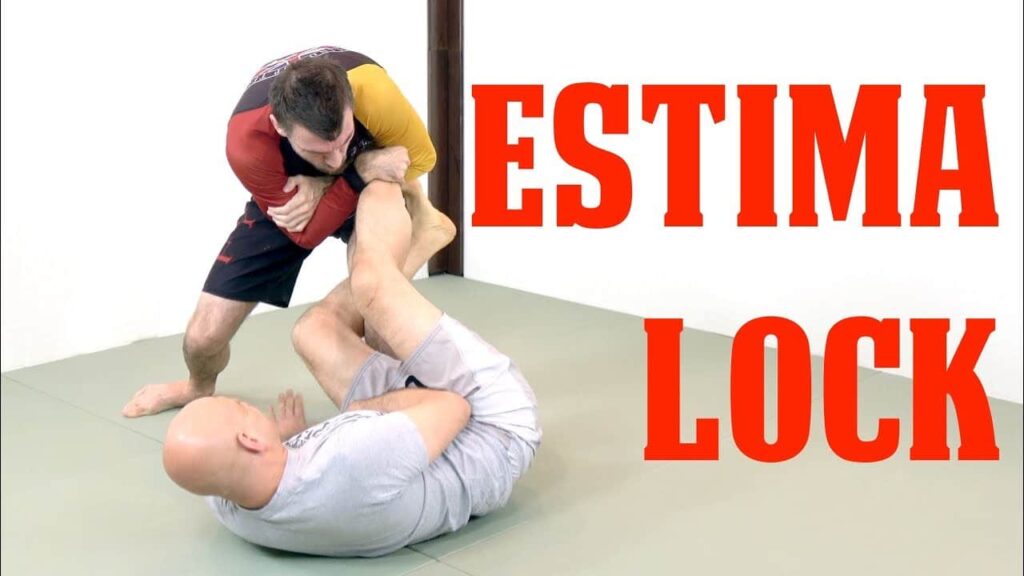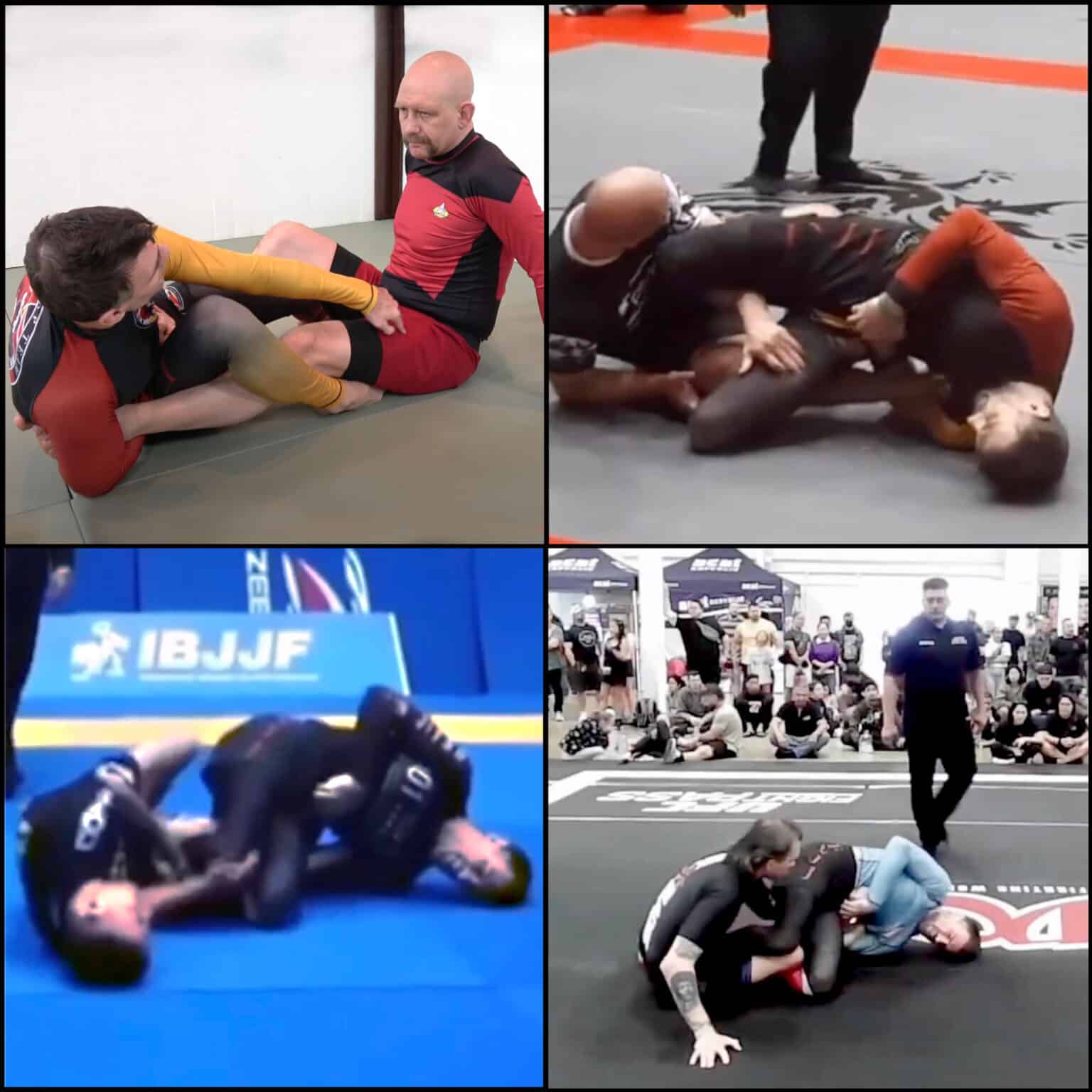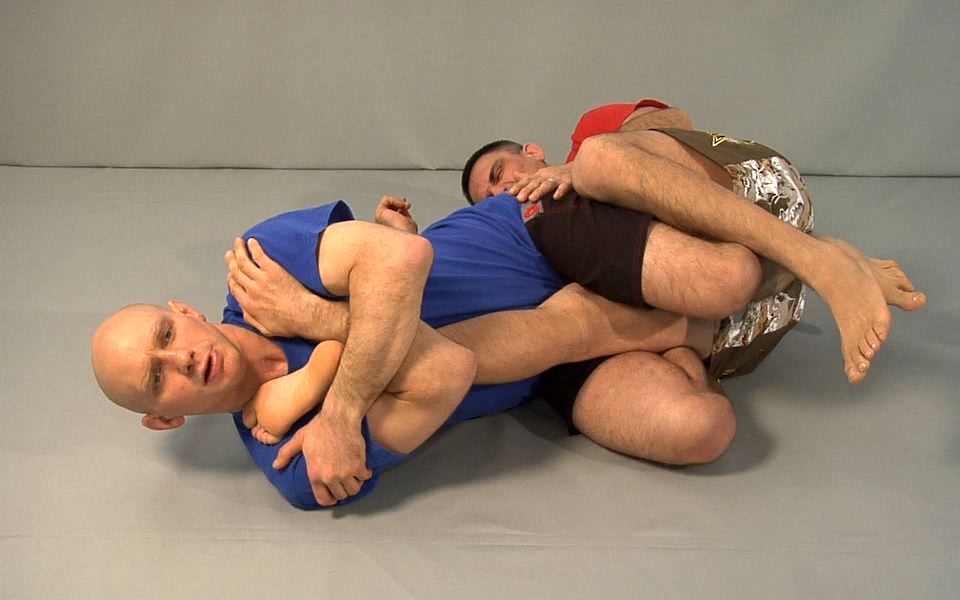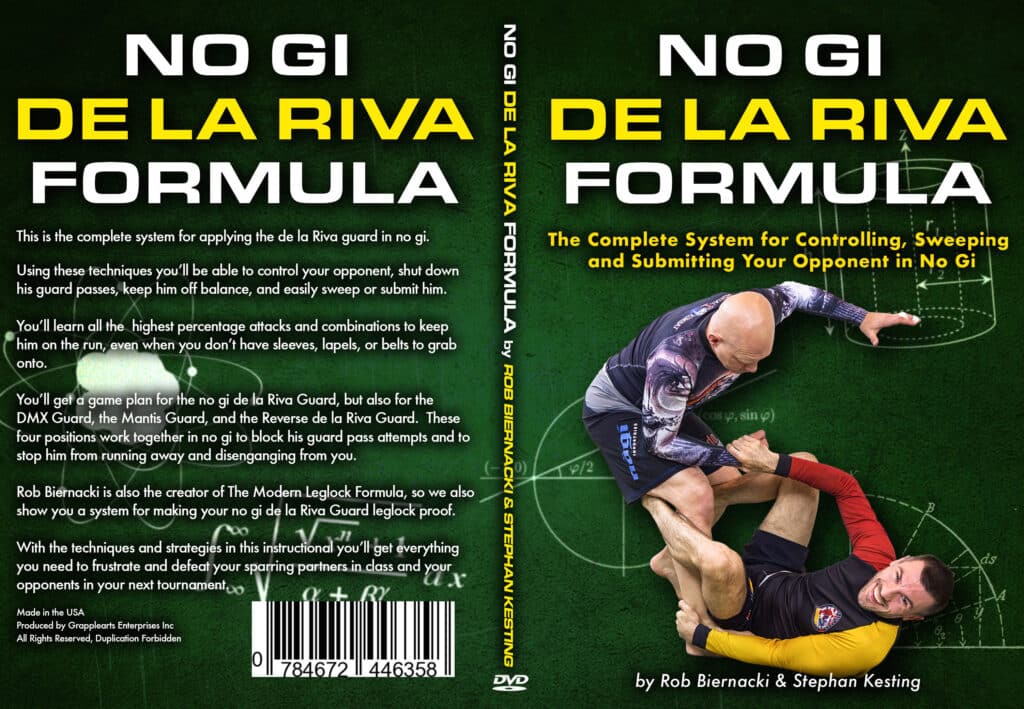It’s a terrible thing to do all that work to get into a good leglock position only to have your opponent find enough space to slip out and escape. Or worse, have him laugh at your submission attempt because it’s not tight enough to cause him any concern.
The key to a good leglock is having 3 points of control, namely,
The three ingredients of every good leglock are
- Control of the hip,
- Control of the knee,
- Control of the foot
Having this much control over your opponent’s leg makes it harder for your opponent to escape the position AND makes the actual submission come on MUCH quicker.
Here’s a video by Rob Biernacki of what having those 3 points of control looks like in practice…
Let’s expand upon this idea of three points of control and see if this concept is applicable to other leglock submissions. And let’s also look at a few counter-examples where you seemingly might not have control over all three joints.
The Kneebar
The examples shown by Rob in the video at the top of this page were all heel hooks and straight ankle locks. The joint being attacked was at the end of the lever.
But what if you’re doing a different leglock, like a kneebar?
A kneebar involves attacking the joint in the middle of the lever, but the same 3 points of control still apply. In the picture above I’m sandwiching my opponent’s hips with my right foot and left calf, wedging my hips against his knee, and hugging his foot with my arms.
With this much control it’s easy to apply the actual kneebar finish!
The Estima Lock
 The Estima Lock is a footlock attack you can use against the open guard, especially modern forms of guard like the reverse de la riva, inverted guard, and others. You can use it any time your opponent uses a side kick style foot position against your chest or belly.
The Estima Lock is a footlock attack you can use against the open guard, especially modern forms of guard like the reverse de la riva, inverted guard, and others. You can use it any time your opponent uses a side kick style foot position against your chest or belly.
It’s been used repeatedly at a high level, so you know it works, but it seems like it violates the principle of 3 points of control? I mean, the foot is entangled and his hips are pinned against the mat, but the knee is free, right?
There are exceptions to every rule, and in this example his knee is free to move. This is why the Estima Lock is an opportunistic submission that’s slammed on quickly, before your opponent has time to react. In that sense it’s a little like a wrenching wristlock applied in a standup situation.
The Estima Lock is a surprise attack that relies on rapid, violent execution against an unwary opponent and is difficult to train safely.
The Caio Footlock

Rob Biernacki hitting the Caio Lock in Competition Repeatedly
The Caio Lock is an interesting submission. It’s nominally a straight foot lock applied from the de la Riva guard, but the control position used to hold your opponent’s leg in place is very different from the regular assortment of leg entanglement positions commonly used by most grapplers.
The bottom line is that your opponent thinks he is safe from leglocks because you do not have the inside position and thus it will be hard for him to, but the next thing he knows – BOOM – you’ve got the lock and he’s tapping.
In the Caio lock it looks like your opponent’s hip is free, but it’s really not. What’s actually happening is that you’re using indirect control to prevent his hip from moving; downward lever pressure against your opponent’s knee and thigh to push his hip into the mat. And if he turns on his side you often step over his hip with your other foot to create a wedge and immobilise it in place.
Related Resources
Rob Biernacki has been hitting a LOT of leglocks in competition recently, especially the Caio lock which is insanely powerful and very, very difficult to escape once it’s applied. And the best breakdown of the setups, execution and followups for this submission that I’ve ever seen is in No Gi de la Riva Attacks, which is part 5 of the No Gi de la Riva Guard Formula instructional by Rob Biernacki.
The first video on this page is just one tiny portion of the epic instructional Cutting Edge Leglocks which just went live on Grapplearts.
This amazing instructional is available in online streaming, DVD, and app formats and comes with an amazing bonus. Click here for more information and to check out Cutting Edge Leglocks!
The post Three Critical Control Points You Must Have to Apply a Good Leglock appeared first on Grapplearts.



